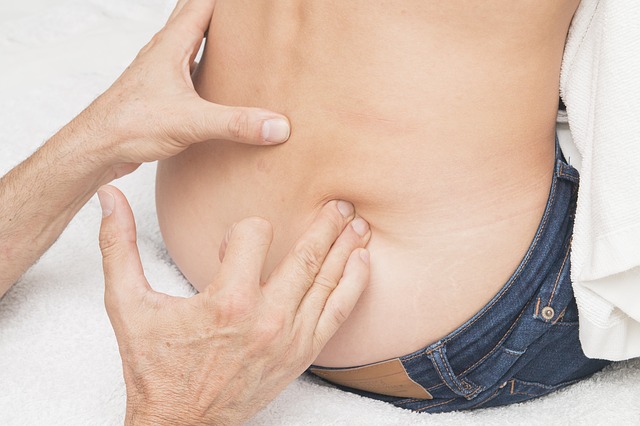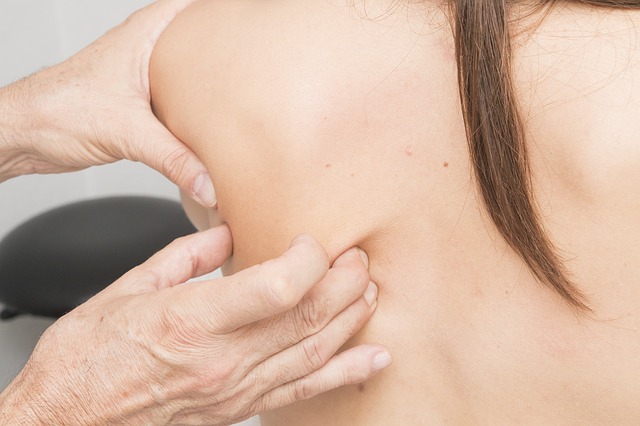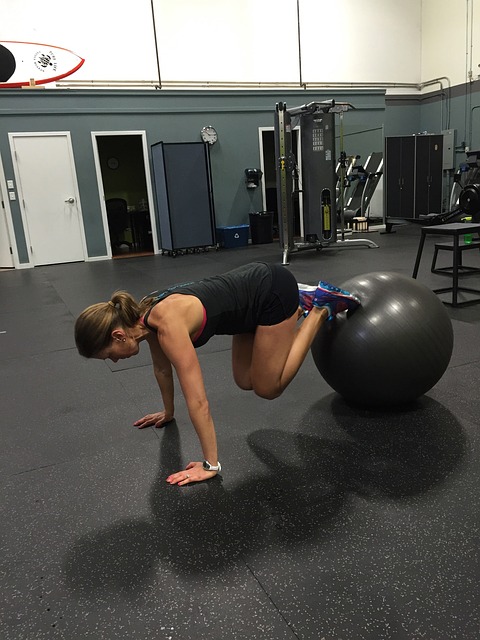Archive for October 2017
Pregnancy Doesn’t Have to Mean Nine Months of Pain
Why your back hurts when you become pregnant
Hormone changes set the stage for back pain. Relaxin is the hormone that is produced by the ovary and placenta and it is the hormone that all chiropractors are allowed to hate. Quantities of relaxin peak during the first trimester- it makes your body ready for the passage of the child by loosening ligaments in the pelvis.
How does this cause back pain?
The pelvis, attached to the base of the spine, is very important for the stability of the upper body. As relaxin increases, and the structures are allowed to move, they quite often move in the wrong direction, causing spinal misalignment and impinging on nerves that exit the spinal canal. With the spine out of alignment, tissues in the surrounding area tighten and strain to support the new position.
Relaxing Ergonomically: Sitting with Style on your Sofa
Go ahead, take a seat on that sofa…
…but remember that sitting itself puts pressure on your spine, and melting into an old sofa for 4 hours of Netflix is not doing your back any favors. At Hayes Family Chiropractic, we are not the types to deny anyone their well-earned relaxation hours; however, we do hope that you will keep your spine in mind when it comes to relaxing. A few adjustments to the way you sit while relaxing can vastly improve the relationship between your spine and your sofa. Always remember that good posture is good style!
How High Heels Hurt Spinal Health
Is your spine suffering for you to look good?
We would never begrudge anyone the chance to look tall and elegant with the perfect pair of heels. However, it is always worth asking: at what price? High heels change the position of our body, with the most significant change affecting the curvature of your spine. Over time, heels also take a toll on the joints in the lower body, as well as altering your standing posture and the way you walk. This all points in one direction: toward back pain.
Chiropractic for Sacroiliac Dysfunction and Related Pain
The sacroiliac joint is one of the most important joints in the body
And that is saying something considering that every joint in your body is a focal point of movement and therefore extremely important. The sacroiliac joint just happens to be located at a crucial confluence in the body, linking the pelvis bone (iliac) to the lowest part of the spine (the sacrum). Supported and stabilized by a host of ligaments and muscles, the sacroiliac joint conducts the transfer of forces between the upper body and legs. Problems with the sacroiliac joint include:
- Weakness in the surrounding muscles
- Tightness/ stiffness in the joint or surrounding muscles
- Acute injury of the joint
- Inflammation in the joint capsule
Gentle Chiropractic: Why Mobilization Improves Spinal Health
Mobilization is the act of of making something movable or capable of movement
Joint stiffness hurts- whether it is caused by acute injury, chronic inflammation or anything in between, a stiff joint anywhere in the body is going to affect your life in a negative manner. When spinal joints are stiff, the ripple effect is even greater; because your spine is the center of movement for your whole body, every single motion is likely to affect the spinal joints. Stiff spinal joints, therefore, have a way of limiting our movement far beyond the site of the initial stiffness.
Postural Strength Prevents Back Pain
“Back pain is youth leaving the body”
But there’s no time to be wistful about the loss of youth! Being proactive about this back pain means figuring out where it is coming from and doing something about it. For most people, the epicenter of back pain is the core, which involves numerous sets of muscles that contribute to your postural strength. Most types of non-descript back pain will stem from dysfunction in the postural muscles. Here’s how it works:
- Postural muscles refer to the deep-lying sets of muscles between the pelvis, abdomen and upper back. These are the muscles, including the ones that attach to your spine, which are responsible for keeping you upright. They are always working, even when you are sitting still, which means that they often become tight from over-use. This tightness leads to pain.
- Phasic muscles refer to the muscles which strengthen your body and provide for movement. Muscles such as the abdominals and glutes contribute to core stability by lending reinforcement, but they often become weak from lack of use. This weakness contributes to misalignment of the spine, and increases your likelihood for injury.




